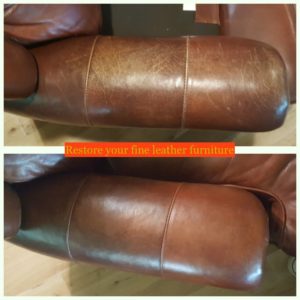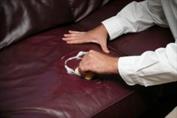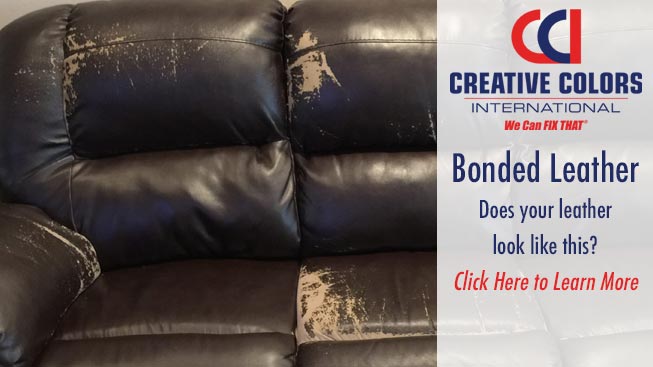 Bonded leather is different from genuine leather in almost every way. But, you might not know the difference when you see it on car seats, furniture, and other upholstery. So, what is a bonded leather, and what makes it different from real leather?
Bonded leather is different from genuine leather in almost every way. But, you might not know the difference when you see it on car seats, furniture, and other upholstery. So, what is a bonded leather, and what makes it different from real leather?
Learn about the difference between bonded and real leather, from manufacturing to the finished product. Find out how to clean fake leather as opposed to genuine leather, and the longevity difference between the two. And, see which type of leather is easier to repair, and how its characteristics affect the materials cost.
What is the Difference Between Bonded Leather and Genuine Leather?
Bonded leather is an increasingly common material used in furniture, vehicle seats and upholstery, and many other products. Bonded, also called faux or composite leather, comprises around 10% to 20% genuine leather. Composite leather is a mixture of real leather scraps and adheres to a piece of the paper backing.
The scraps of leather combine in a polyurethane binding agent, which can be further treated to more closely resemble the texture of the real leather hide. The popularity of faux leather materials has increased due to their availability and affordability. And, the manufacturing process of bonded leather serves to make use of otherwise wasted material.
What’s the Difference From Real Leather?
Genuine leather furniture, seats, and products are made from a single piece of animal hide. The biggest difference is that faux leather is a composite of many small leather scraps. Real leather naturally is much stronger than composite leather and features more longevity.
Composite leather can resemble real leather in look and feel, but the deeper attributes are divergent from one another. One of the drawbacks to bonded leather is that it contains more chemical additives than that real leather, and as such, it can become a respiratory irritant to individuals who suffer from asthma and other respiratory conditions. Also, composite leather begins to break down much faster than real leather and is harder to repair.
The bonding between leather scraps eventually weakens and begins to break down. The only options are to either replace the material altogether or to hire a professional leather repair service. Real leather does not easily separate at the level of the fibers of the material, and with general leather maintenance, it will last for many decades.
How to Care for Faux Leather Material
 Genuine leather material is more expensive and not widely available for manufacturers, which has produced a high volume of faux leather products on the market. So, if you have faux leather, how do you care for it? The answer is that bonded materials need similar care to that of real leather, like using a leather conditioner.
Genuine leather material is more expensive and not widely available for manufacturers, which has produced a high volume of faux leather products on the market. So, if you have faux leather, how do you care for it? The answer is that bonded materials need similar care to that of real leather, like using a leather conditioner.
Leather conditioners are designed to lubricate the leather fibers and keep them from becoming brittle and dry. Though, most owners of leather goods know to use a leather conditioner, faux leather often goes its whole life without a single treatment. Though you can’t expect bonded leather to last as long as real leather, you can extend its life and usability by using a leather conditioner periodically.
In the meantime, make sure to make a habit of cleaning bonded leather materials to remove body oils and other filth. And, whenever possible, keep faux leather out of direct sunlight, as it serves to break down the bond faster and dry out the leather. Talk to a Creative Colors International associate to find out how a professional mobile leather repair service can repair damaged leather to look like-new, and save you from making costly leather material replacements.


